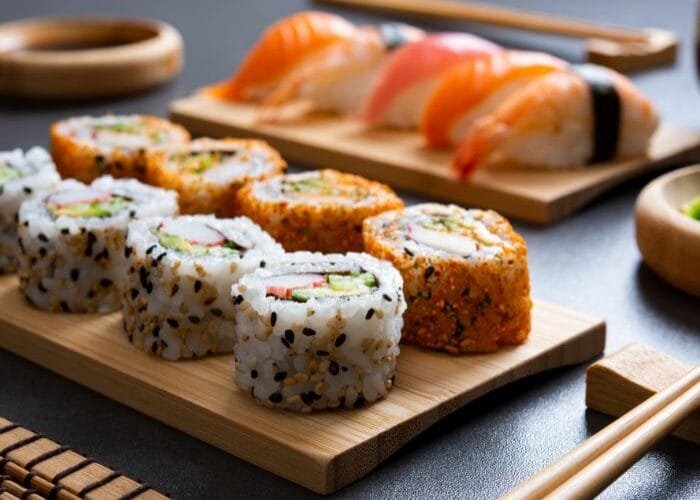The World Expo 2025 is coming
Euronews Travel spoke to the President of Japan’s oldest alcohol company about

The Art of Sushi: A Culinary Tradition
Sushi is more than just food; it is an art form deeply rooted in Japanese culture and history. Originating as a method of preserving fish, sushi has evolved into a global culinary sensation, celebrated for its simplicity, precision, and elegance.
Sushi’s journey began over 1,000 years ago in Southeast Asia, where fermented rice was used to preserve fish. This technique made its way to Japan and gradually transformed into the sushi we know today. The Edo period saw the birth of nigiri sushi, a hand-pressed style of sushi that remains iconic.
At its core, sushi consists of vinegared rice paired with fresh, high-quality ingredients like fish, seafood, vegetables, and seaweed. Each element is carefully prepared to ensure balance and harmony in flavor and texture. From the delicate slices of sashimi to the perfectly rolled maki, every piece showcases the chef’s skill and dedication.
Sushi’s appeal transcends borders, blending tradition with modern innovation. Whether it’s a classic salmon nigiri or a fusion sushi roll with unique toppings, there’s something for everyone to enjoy. As sushi continues to evolve, it remains a symbol of artistry and culinary excellence.